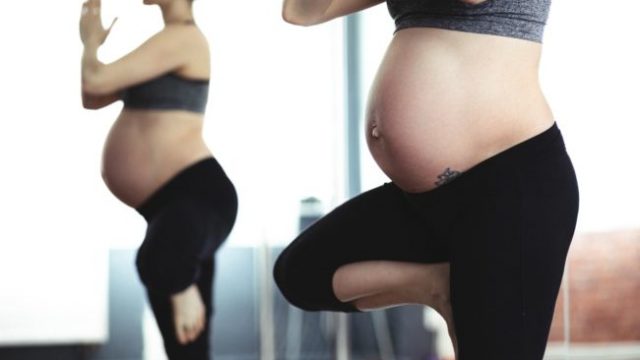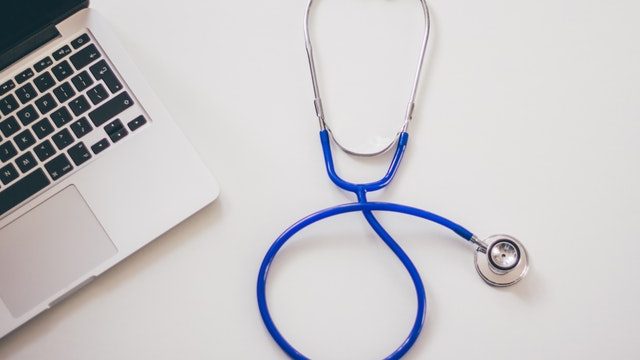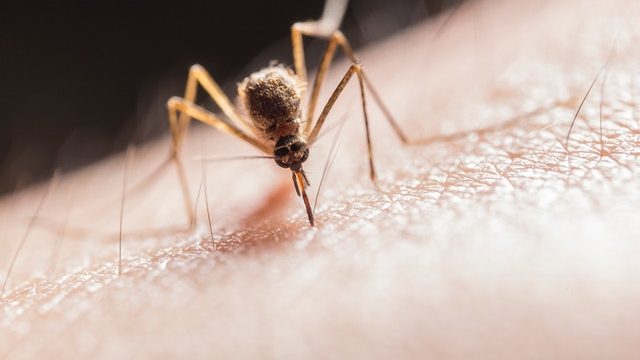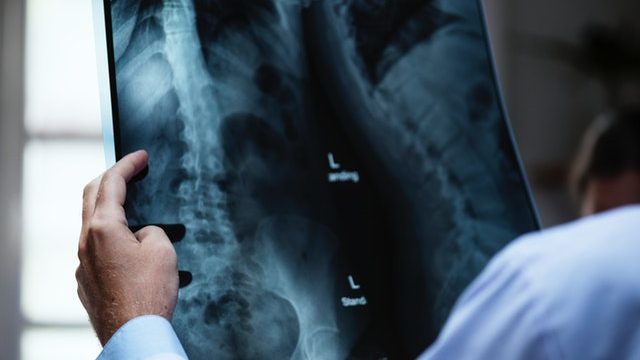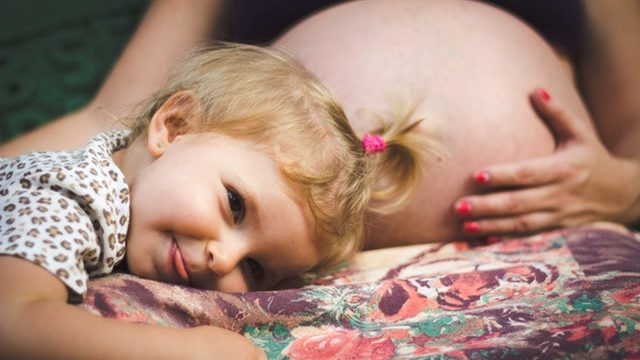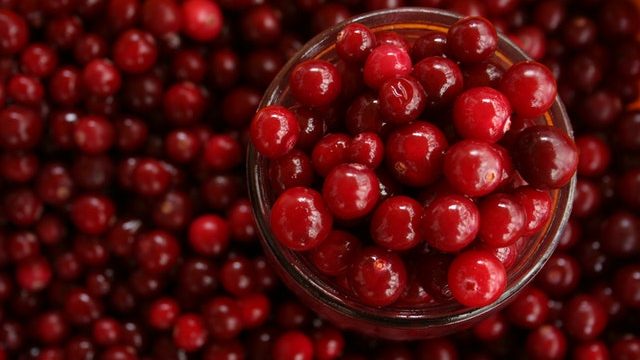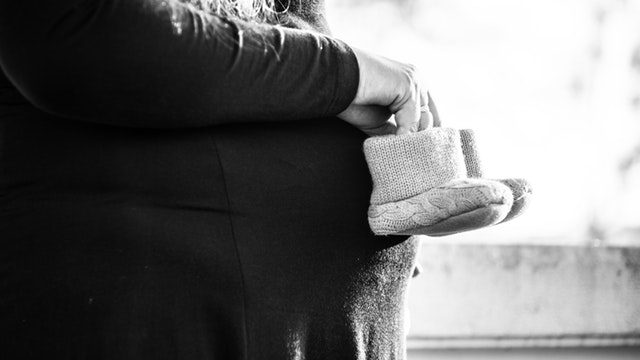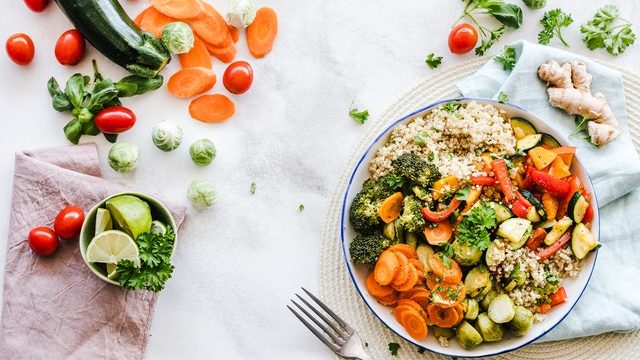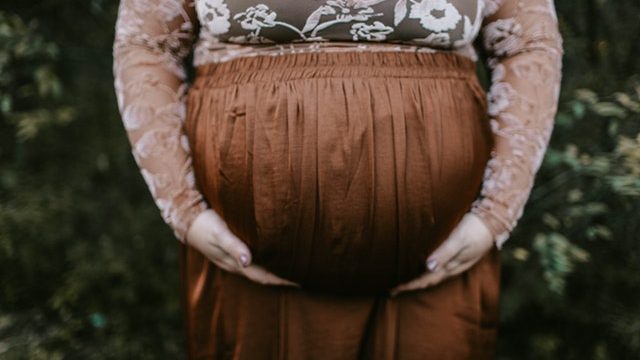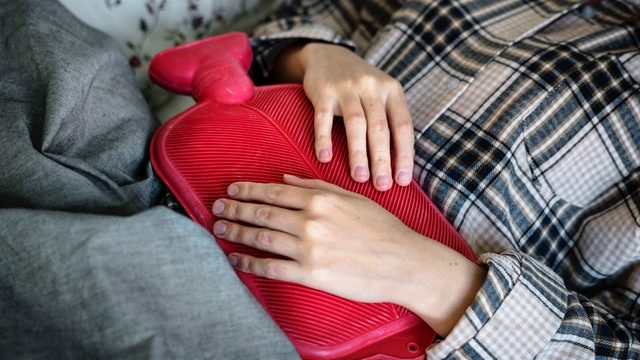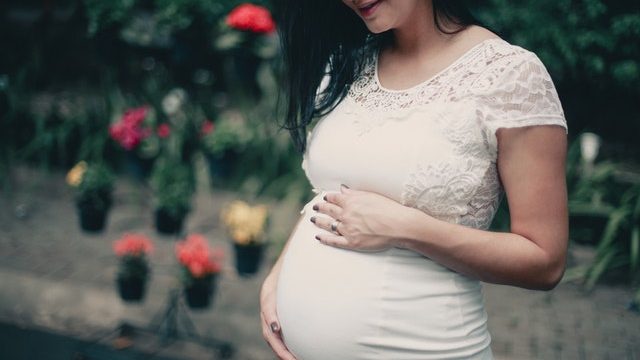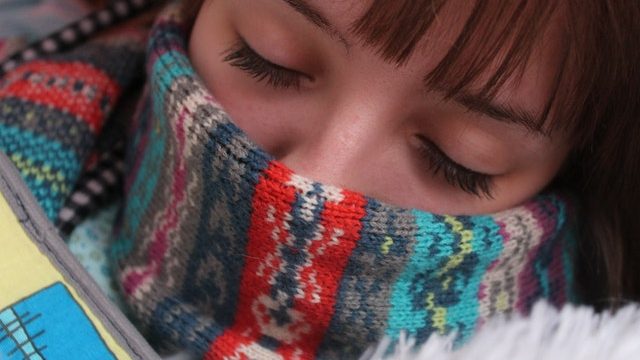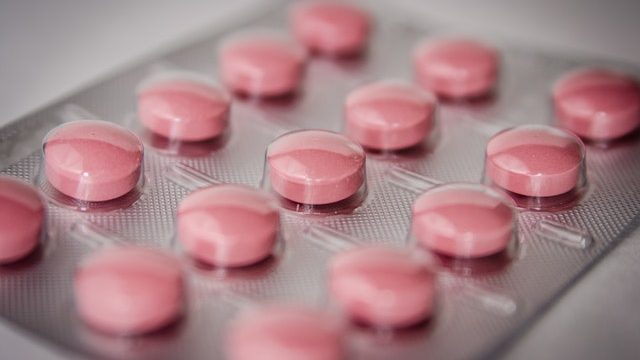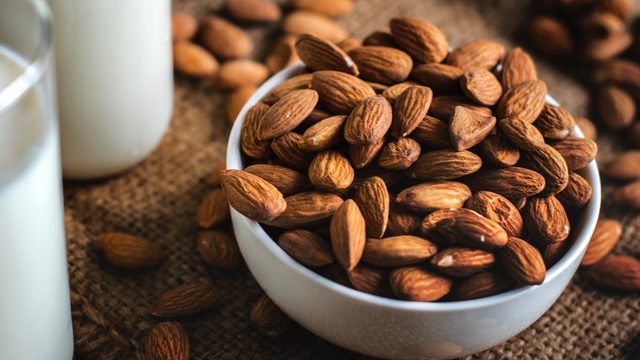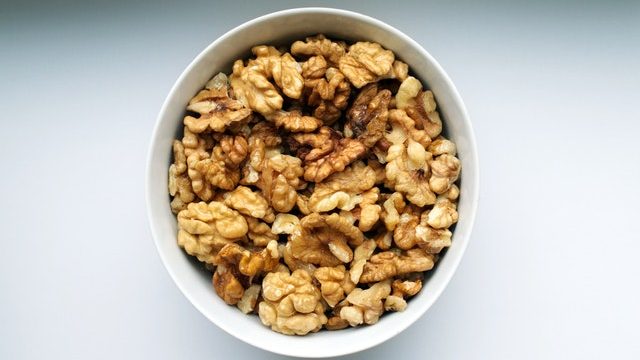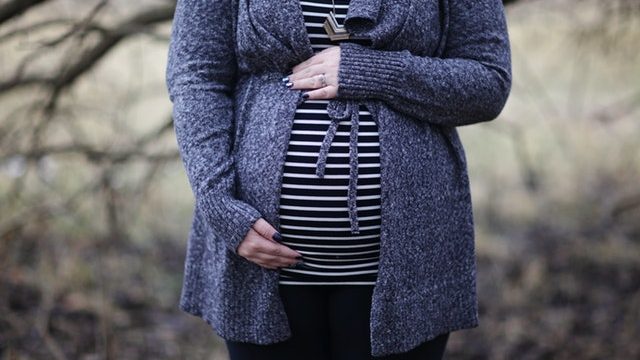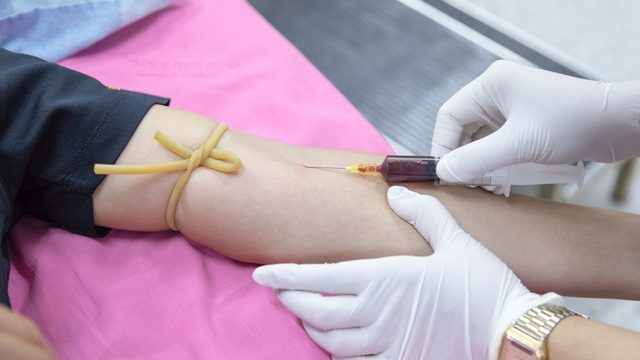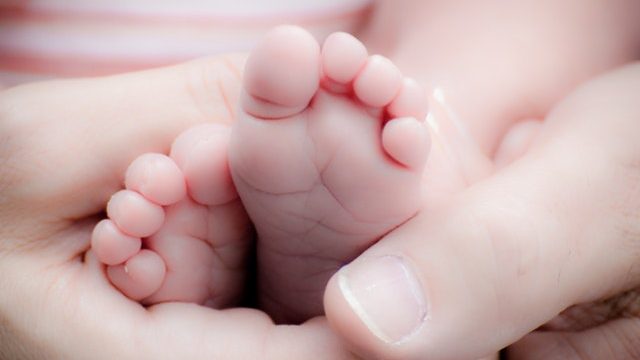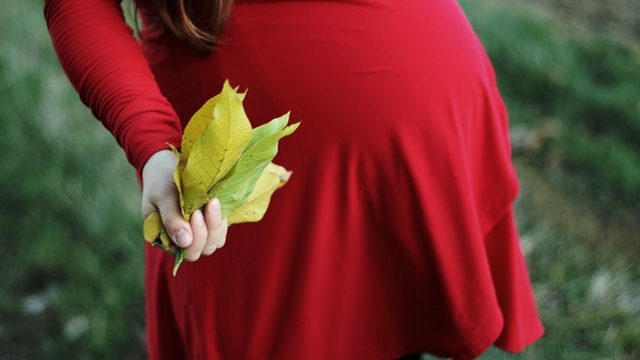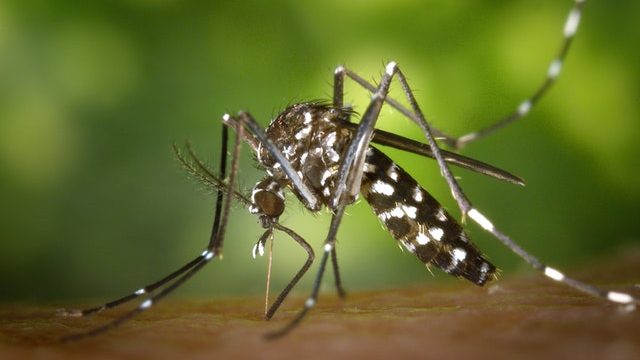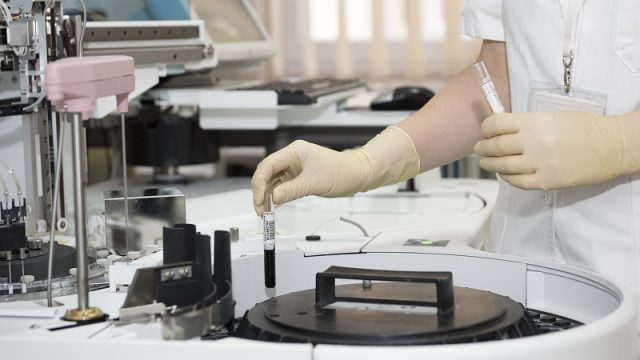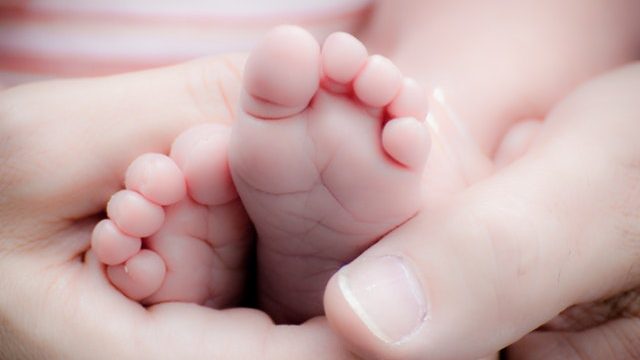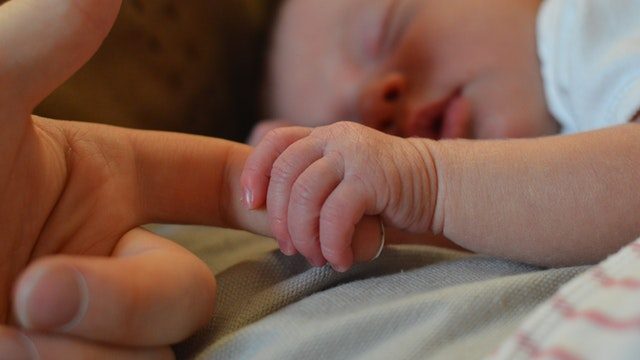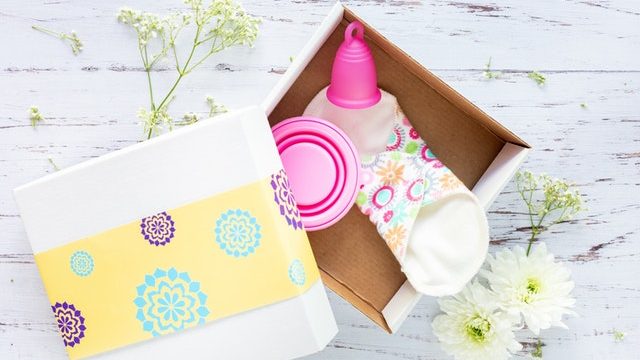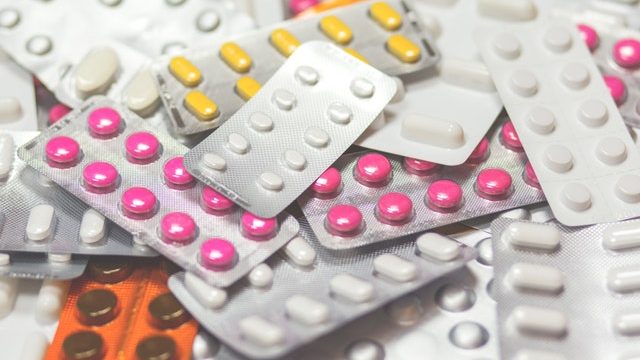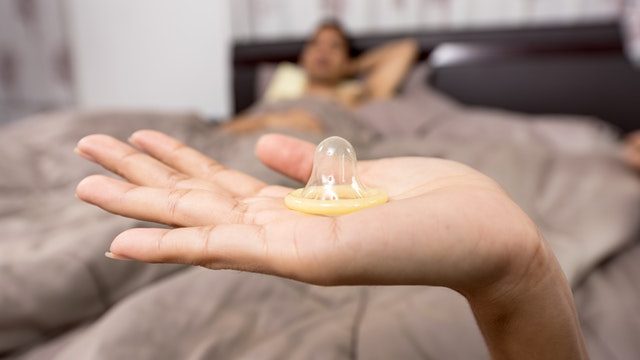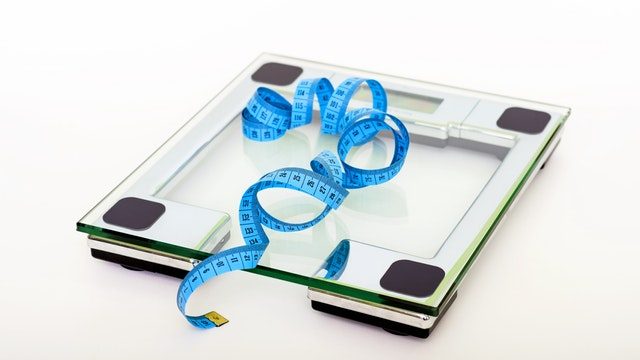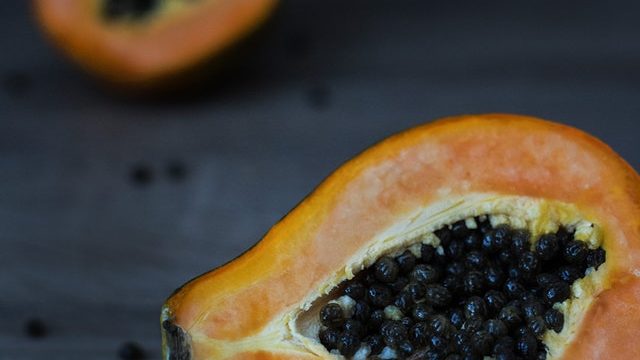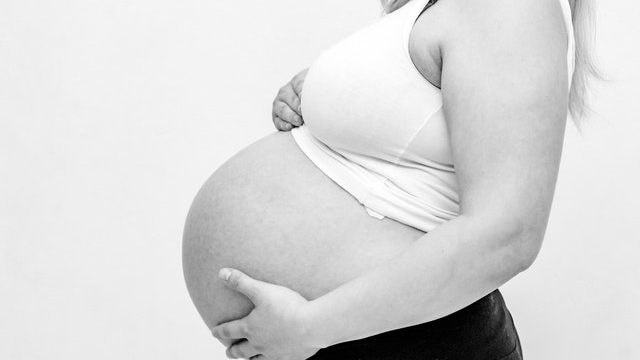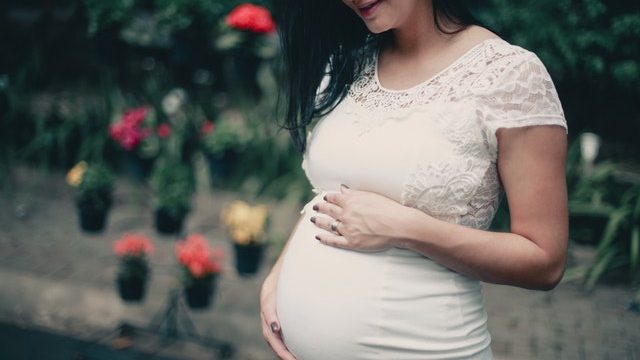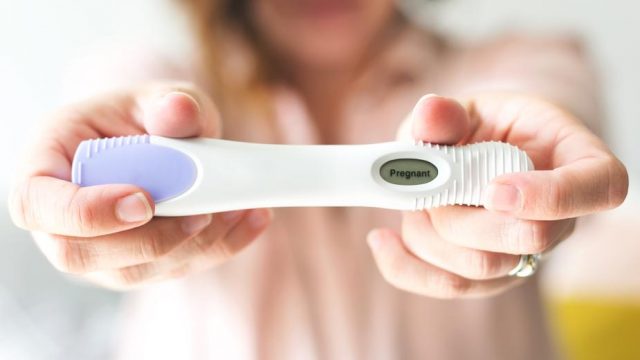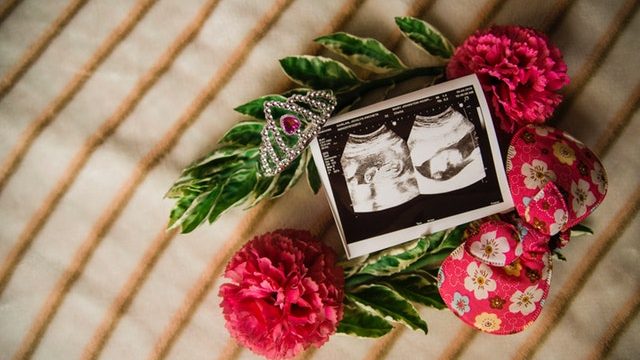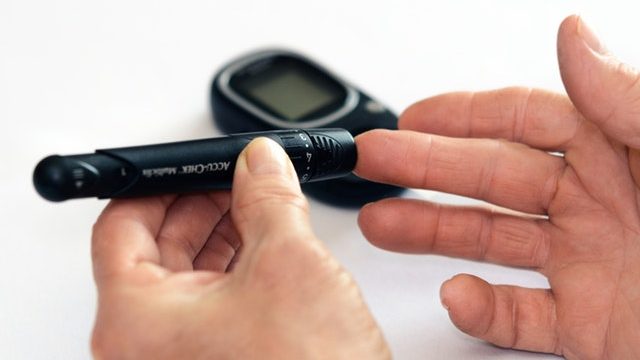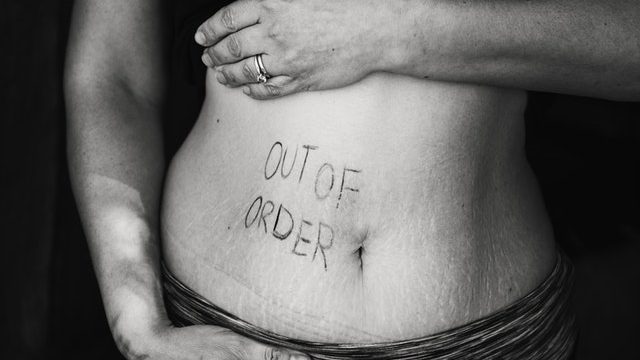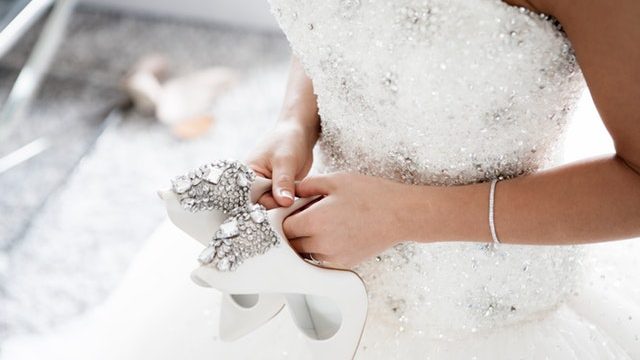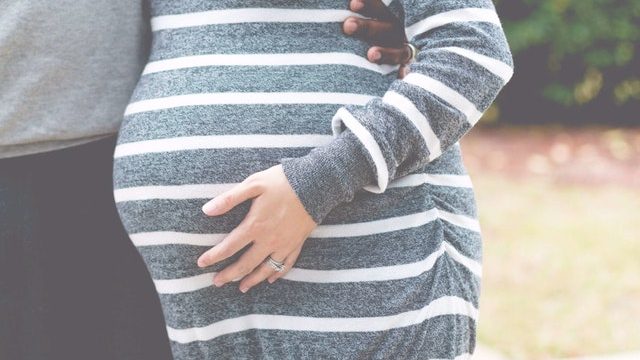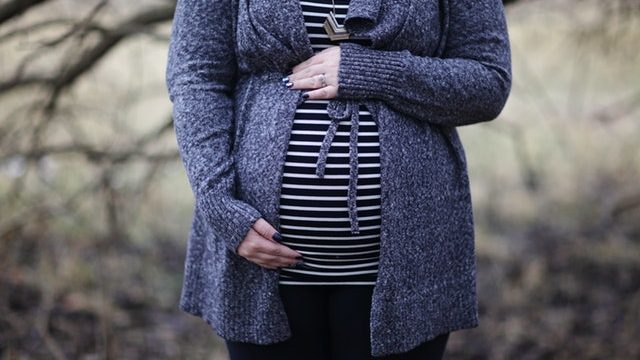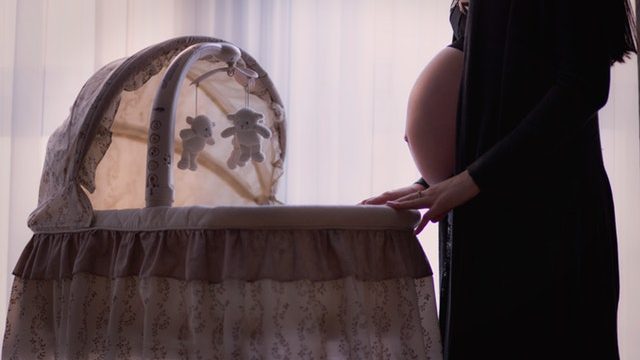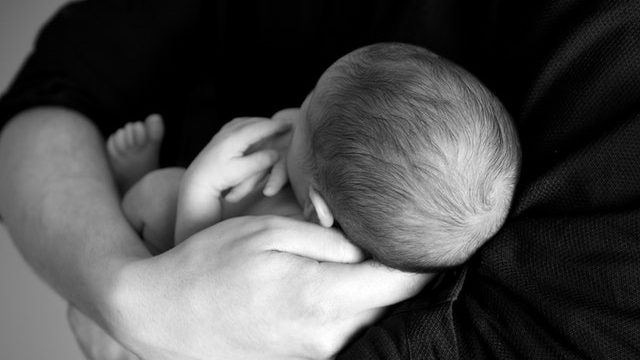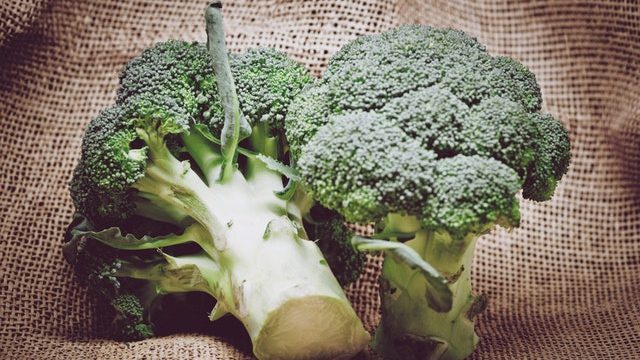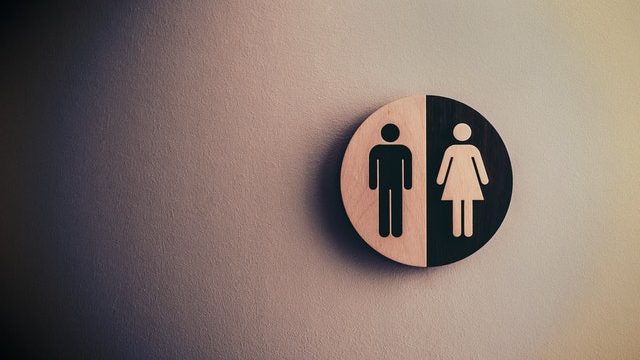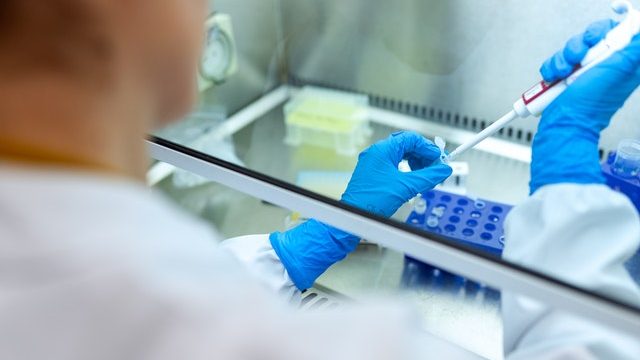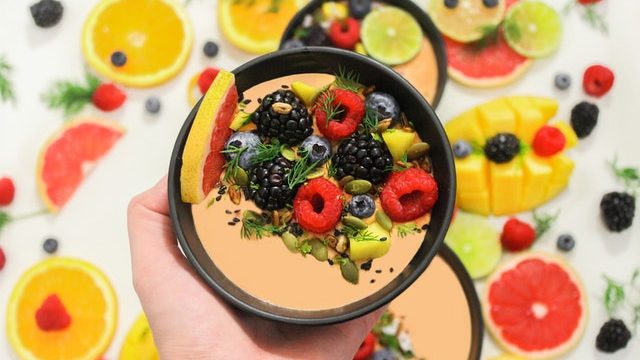Breastfeeding is an art and a pleasure that every woman looks forward to doing. Here is a breastfeeding guide for new mothers.
Is breastfeeding beneficial for the mother?
- It is convenient
- It helps build a bond between the mother and the baby.
- Help reduce weight.
- Provides contraception when exclusive breastfeeding is done in the first 6 months
- Decreases risk of certain cancers in the mother
- It releases a hormone called oxytocin that not only squeezes the breast but also squeezes the uterus so that it contracts and returns to its pre-pregnancy size.
- Breast milk is good for the baby.
What are the advantages of breastfeeding?
- The breast milk is easily available, at the correct temperature.
- The protein and the fat content of the breast milk are inappropriate concentrations for the baby and therefore is easy to digest as that compared to the cow’s milk or formula milk.
- Colostrum is the yellow watery pre-milk and it helps the newborn’s digestive system.
- It has antibodies that help the immune system of the baby fight infection and allergies.
- Breastfed babies have fewer chances of gas, constipation, diarrhea, and allergies.
Therefore start breastfeeding with determination and commitment.
When to start breastfeeding?
It is a good idea to start as soon as you deliver. In the first few days after delivery, the breast Produces colostrum, and then it produces milk. As soon as the baby sucks at the breast, the milk starts to flow.
What is the right breastfeeding posture?
It is important that the mother and the baby are in a correct comfortable position so that the feeding session does not become tiring.
One must keep the back straight, legs well supported and bring the baby to the level of the nipple. Every mother and baby will set their own nursing pattern. On average, the baby sucks at one breast for 10 to 15 minutes. It is better to empty one breast completely and then start with the other one.
In the first few weeks, one may need to nurse almost 8 to 10 times a day. But soon a pattern will be set.
What should be the diet of a mother while breastfeeding?
Whilst you are breastfeeding it is advisable to have a healthy well-balanced diet, drink plenty of water, take the supplements and avoid foods that can cause diarrhea/gas and distension in the baby.
How to handle cracked nipples while breastfeeding?
It is important to look after the breast and the nipples. One should cleanse and wipe them dry after the feed. Keep the nipples well moisturized so that they do not crack. If a crack develops then one can use a nipple shield. It is easily available at the chemist. It is important to note that if the breast has a lump that persists, or it feels red hot tender to touch then one must report to the doctor.
Breastfeeding provides protection from pregnancy. Nevertheless, there are many options – IUD, condoms, injections, and progesterone-only pill.
We hope this breastfeeding guide for new mothers from an expert gynecologist helps you enjoy breastfeeding and you build that eternal bond with your baby.



